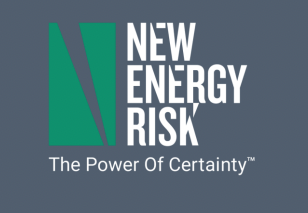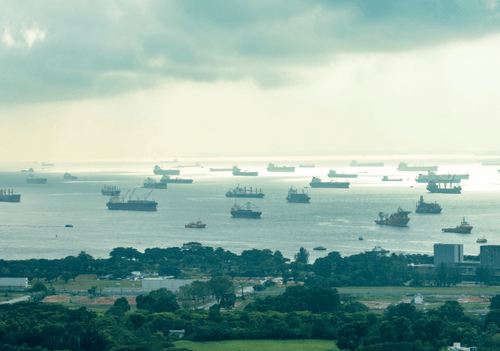Heliogen, once a darling of the SPAC boom, is conducting a comprehensive business review with an outside advisor as its liquidity runway dwindles.
The firm had $60.7m in available liquidity as of 31 March, according to a press release yesterday. A year ago, Heliogen had $119.9m of liquidity, filings show.
For further comparison, the liquidity figure is down from $75m at the end of the year.
Given the liquidity pressures, Heliogen first issued a going concern warning in its full-year 10K filing.
The updated language from the 1Q24 10Q is as follows:
The Company expects to continue to generate operating losses and have significant cash outflows from operating activities for at least the next few years. Based on these factors, the Company anticipates that it may not have sufficient resources to fund its cash obligations for the next 12 months after the issuance date of the consolidated financial statements, which raises substantial doubt about the Company’s ability to continue as a going concern.The Company has evaluated the conditions discussed above and is taking various steps in an effort to alleviate them. The Company is exploring various cost saving opportunities and intends to continue seeking opportunities to generate additional revenue through its commercialization of engineering services. The Company has also engaged a financial advisor and is actively assessing various avenues to secure additional capital, including, but not limited to, the issuance of debt, equity or both.
The company’s stock was de-listed from the NYSE last year, after going public via a SPAC deal in 2021 at a value of $2bn. Its shares currently trade at a $9m market cap.
Heliogen previously rejected an all-cash offer from Continuum Renewables to buy the company a .40 cents per share and a much higher equity valuation.








